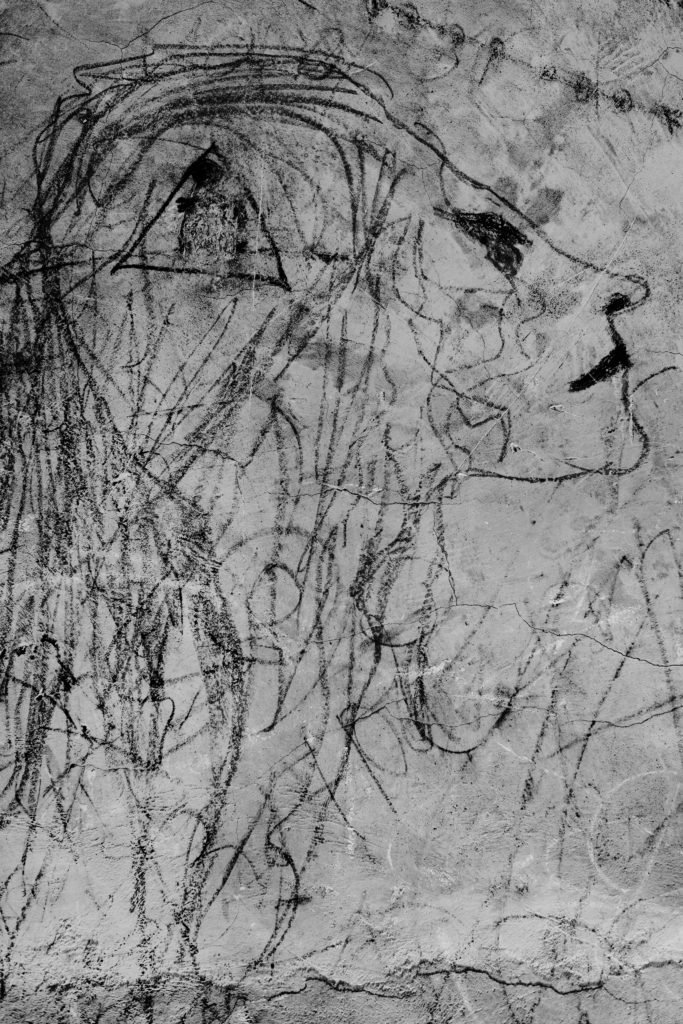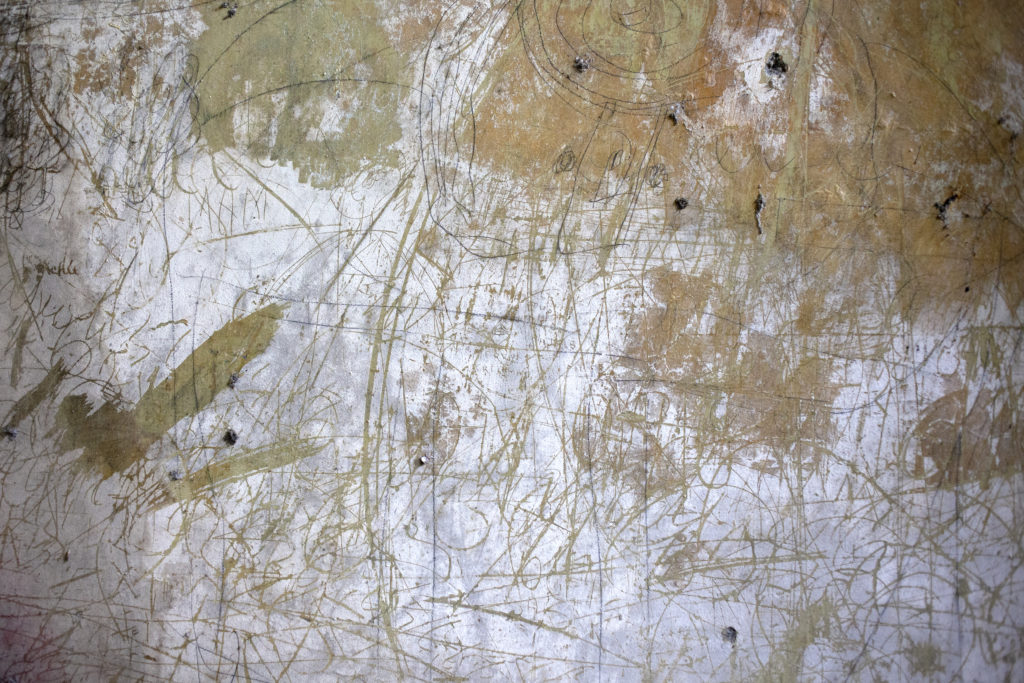Dear Francesco,
I think that the main difficulty when trying to picture mental illness is that in essence, it is invisible. Some might argue that you can recognise a pathology visually but that would be similar to saying you can recognise cancer through hair loss. Yes there are visual cues which are indicative but they are only the start of the process. It doesn’t explain what the person is thinking of, his motifs, obsessions, fears. Essentially the easy work of picturing mental illness is simply to inform the viewer that there is something unusual about an individual. The almost impossible task is to describe an inner world, not what you are seeing but what the person in front of you is seeing, hearing, feeling or thinking about.
Almost ten years ago when I first started documenting mental illness, my pictures were almost all portraits. Since I started using a camera, I’ve never been interested in anything else than people. After the first chapter of Butterflies, I understood that I needed more balance in the series and so I forced myself to shoot a few pictures of context, objects and especially walls as an extension of my portraits. Walls from psychiatric asylums across the world are permeated with a very large number of patients’ traces. Patients draw, spread their dirt on these walls, some literally spend the greatest part of their lives curled up against them. These walls hold the same smell everywhere in the world.
The pictures you chose are mostly from my time in Kosovo which was a while back. At the time, it was more important to me to describe the decrepit state of things and how patients are abused. You discover a violent world and you react to it for a while. Later on, I became accustomed to it and I now concentrate on behaviour, cycles or patterns which goes back to the original reason why I started this project. I prefer to observe people and have relationships with them. In essence, the space you make with patients happens in a time warp. Other elements such as the institution, the doctors, the therapists, the families can of course not be ignored but they act more as a disturbance to the process.
Regarding what you wrote about originality and clichés. I think that in this particular case, I prefer to call them archetypes. I’d like to have enough knowledge and experience to understand the motifs better and find a way to render them in photographs. A conscious decision to shoot in a different technique or choosing different elements can of course make the pictures more original but it wouldn’t necessarily uncover much. A trap is that people assume you are dealing with “original” human beings and that the images need to mirror that. In fact, it might be the exact opposite. You are dealing with the raw matter that constitutes what we are all made of. You see human beings at their chores, without the thousands of layers that make normality possible.
Mental illness is one of the most classical subject there is because it goes back to the first man and is impermeable to change. There is a passage in the New Testament where Jesus cures a psychotic man in Gadara. The illness and conditions described, the pretension and myths to cure them, have practically not changed.
“It is not possible to be original except on a basis of tradition.”
D.W. Winnicott,




